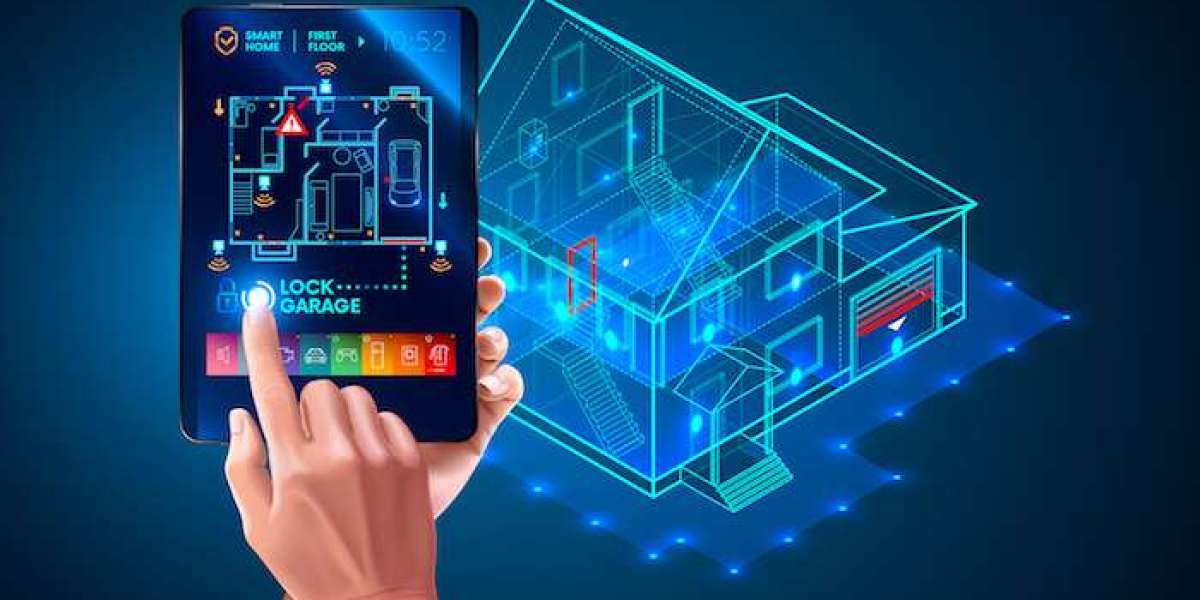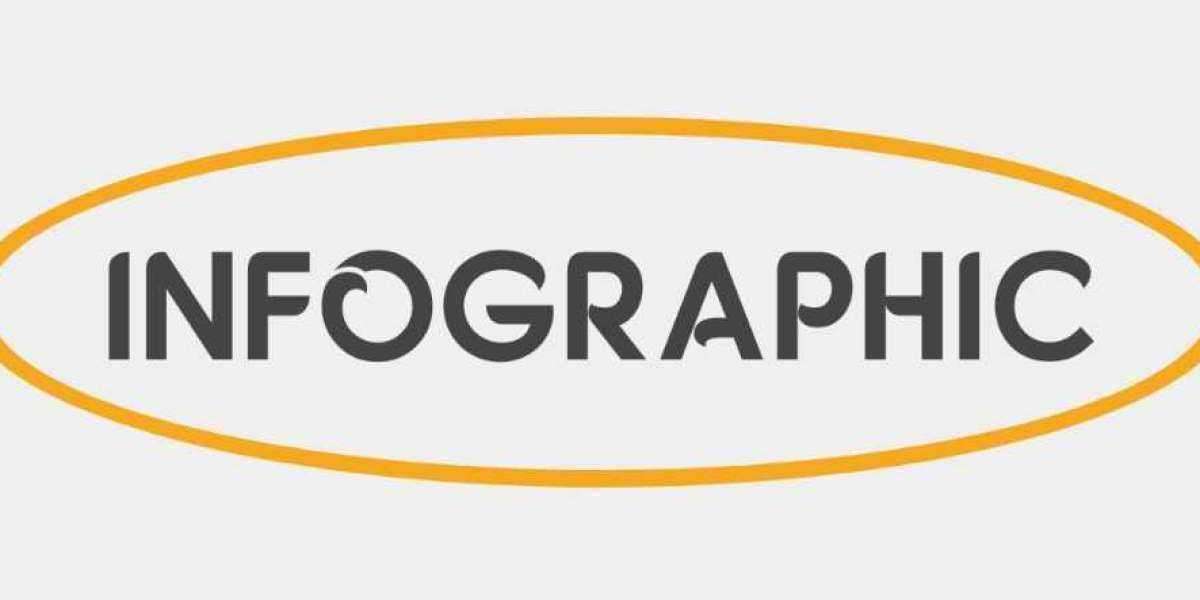The smart home devices market has grown tremendously over the last decade, driven by rapid advancements in technology and consumer demand for convenience, security, and automation. However, despite the tremendous potential of this market, several challenges persist that can affect the growth, adoption, and sustainability of these products. These challenges range from technical limitations and privacy concerns to integration difficulties and high costs. In this article, we explore the main challenges that the smart home devices market currently faces.
1. Integration and Compatibility Issues
One of the primary obstacles to the widespread adoption of smart home devices is the lack of seamless integration between various devices and platforms. Most smart home devices are manufactured by different companies, and they often use different communication protocols or standards. As a result, achieving compatibility between devices from different brands can be problematic. Consumers may find it difficult to synchronize their smart thermostats, lights, security cameras, and other devices, leading to frustration and reduced satisfaction.
Moreover, the absence of a universal standard for smart home products complicates the installation and use of these devices. The lack of cross-platform compatibility means that customers may be forced to stick to products from a single brand, limiting their options and potentially leading to a fragmented smart home experience.
2. High Initial Cost and Affordability
Although prices for smart home devices have been steadily decreasing, the initial cost remains a barrier for many potential consumers. High-end smart devices, such as advanced security systems or premium smart speakers, can cost several hundred dollars, and homeowners may need to invest in multiple devices to fully automate their home.
For individuals on a budget, this can be a significant hurdle. Even with the increasing availability of affordable smart devices, the cumulative cost of outfitting an entire home can be prohibitively expensive, which makes it harder for the average consumer to justify the investment.
3. Security and Privacy Concerns
As more devices are connected to the internet, the risk of cyberattacks increases. Smart home devices collect vast amounts of personal data, including sensitive information about the occupants' daily routines, preferences, and even health data. If these devices are not properly secured, they can become targets for hackers looking to gain access to private data or infiltrate a home's security systems.
Furthermore, the security vulnerabilities in some smart home products have raised concerns among privacy advocates. Manufacturers must take extra steps to ensure that their devices are not only user-friendly but also resilient to cyberattacks. If consumers feel that their data or privacy is at risk, they may be less inclined to adopt smart home technologies.
4. Lack of Consumer Awareness and Education
While the demand for smart home devices is growing, many consumers still lack a comprehensive understanding of how these products work and how to set them up effectively. Lack of education on product features, installation processes, and maintenance may lead to confusion and dissatisfaction with smart home systems.
Additionally, some users may be unsure of how to secure their smart home networks or optimize their devices for the best performance. Manufacturers and retailers need to invest more in educating consumers about the benefits and potential risks associated with smart home devices.
5. Reliability and Performance Issues
Smart home devices often depend on internet connectivity, and any disruption in the connection can lead to a loss of functionality. Slow or unreliable internet connections can cause smart home systems to malfunction, and consumers may find themselves without the benefits of automation or remote control when they need it most.
Furthermore, software and firmware updates can sometimes introduce bugs or compatibility issues that affect device performance. As a result, consumers may experience frustrating downtime or inconsistent functionality. These performance issues can undermine the trust that consumers have in the reliability of smart home devices.
6. Regulatory and Ethical Challenges
The smart home devices market is also facing increasing scrutiny from regulators and lawmakers, particularly with regard to data privacy and safety standards. There are ongoing debates about how to regulate the collection and use of data by smart devices, especially considering the vast amount of personal information that these products gather.
The lack of a comprehensive regulatory framework makes it difficult for manufacturers to navigate legal requirements, and it may also lead to inconsistencies in how data protection and security are handled across different products. Manufacturers will need to stay ahead of evolving regulations to maintain consumer trust and remain competitive in the market.
Conclusion
While the smart home devices market offers numerous benefits, these challenges must be addressed to ensure the sector’s continued growth and widespread adoption. Overcoming issues related to integration, cost, security, education, performance, and regulation will require collaboration between manufacturers, consumers, and regulatory bodies. By tackling these hurdles head-on, the smart home industry can move closer to realizing its full potential.








